People expect things to just work these days. They hop from a website to a store, scroll social, check emails, and talk to support. If all of that is disconnected, it frustrates them. Traditional multi-channel approaches are like that. Each channel works on its own. No one sees the bigger picture. That leaves the customer feeling like no one is paying attention.
Omnichannel is different. It is not about just being everywhere. It is about making every channel talk to each other. A product you check on an app should show up when you walk into a store. Emails, chat messages, and calls should all know what you did earlier. That way, things feel easy and personal.
Brands that nail an omnichannel customer engagement strategy see results. Customers are happier. They spend more. Studies show employing omnichannel strategies drives an 80 percent higher rate of incremental store visits.
Foundational Pillar for a Single Unified Customer View
If there is one place where brands quietly lose the plot, it is fragmented data. CRM sitting in one bucket, marketing automation in another, e commerce logs scattered everywhere, and the service desk living in its own universe. The result is predictable. Customers repeat themselves. Agents guess instead of knowing. Journeys feel clunky. And all of this slowly eats into loyalty. A solid omnichannel customer engagement strategy starts with accepting that you cannot personalize what you cannot see.
The whole point is simple. Every touchpoint should know who the customer is, what they care about, what they tried to do before, and what they are trying to do right now. When a brand gets this right, the experience turns smoother. When it gets ignored, the gap between customer expectations and reality widens fast.
The point is, a Customer Data Platform (CDP) does its work silently but surely. A good CDP takes the data from all the systems, removes the useless information, merges the identities, and sends back the single profile to the tools which need it. Now, the email team, app team, store associate, and even the chatbot are operating based on one truth. No guesswork. No outdated info. No awkward disconnects that make users rethink their loyalty.
Of course, unifying data is not a free pass to be reckless. Customers now expect privacy to be respected by default. So brands need strong data governance. That means controlling who can access sensitive information, tracking how data flows across systems, and staying compliant with regulations like GDPR and CCPA. Trust gets built in small moments and lost in seconds. Good governance keeps you out of trouble and makes customers feel safe enough to keep engaging.
Pull all of this together and the foundation becomes solid. Without this layer, everything else in the journey is just decoration.
Also Read: Why Headless CMS Is Transforming Digital Experiences for Modern Enterprises
Execution Layer for Integrating Channels and Touchpoints
Once the data foundation is solid, the real test shows up in the execution. This is where brands often talk big but fall short because consistency across channels needs discipline. Customers should feel like they are interacting with one brand, not six disconnected teams. That starts with keeping the tone, visual identity, and offers aligned across the website, mobile app, physical stores, social pages, emails, and chat. When someone views a product in the app, the sales associate in store should see it instantly. The chatbot should pick it up too. Anything less feels sloppy and customers notice.
As journeys stretch across multiple platforms, the engagement stack has to behave like a single ecosystem. Service bots, email platforms, digital signage, loyalty systems, and POS terminals must talk to each other. This is where APIs become the quiet workhorses. Integrations act like the plumbing that lets information travel from one touchpoint to another without friction. When the pipes are clean, the experience looks effortless to the customer. When they are not, the journey turns messy.
Startups have already embraced this shift. Around 67 percent of them now run on omnichannel models. Discovery often begins through digital ads, creator led Reels, or WhatsApp messages and later moves into physical retail. This mix only works when the backend is stitched cleanly and nothing gets lost between platforms.
Finally, seamless handoffs decide whether the entire system feels human or robotic. A chatbot should not trap customers in a loop. It should recognize when it cannot solve something and transfer the conversation to a human agent along with the full context. In the same way, an in store associate should be able to pick up where an app session left off. When these handoffs feel smooth, customers trust the brand more and stay longer.
The Frictionless Experience with Personalization and Journey Mapping

If there is one place where brands keep tripping, it is in understanding how unpredictable and messy real customer journeys are. People do not move in neat lines anymore. They discover something on social, jump to the website, forget about it, come back through a search, tap a WhatsApp message, and eventually call the support line to confirm a detail. This loop is normal now and pretending it is linear is exactly why most brands misfire. The smarter move is to map these non-linear patterns and spot the critical moments where customers decide whether to trust you or drop off. These are Certainly Big Moments in Life, but once we see these pressure areas clearly, the design of the whole engagement strategy becomes easier.
Personalization steps in as the engine that keeps the journey relevant. And this is not the tired version of personalization that only swaps names on emails. Real personalization reacts to context. It uses location, weather, browsing behavior, recent purchases, and even abandoned carts to guide the next step. If someone is lingering on a product page, a proactive chat invite at the right second helps them move forward. If they are near a store, dynamic content can highlight in store availability. Google Lens reports more than 20 billion visual searches every month and one in four searches carry commercial intent. That alone shows how often customers signal what they want in real time. Brands that ignore these signals simply leave growth on the table.
Customers also expect their online steps to follow them into the physical world. Around 72 percent of UK shoppers want to check store inventory online before they visit. When brands sync their systems properly, shoppers walk into stores with clear intent instead of guesswork. This is where proactive service kicks in as a loyalty booster. It means anticipating what the customer needs before they raise a ticket. A simple delivery alert, a warning about a known issue, or a reminder about a renewal builds trust faster than any loyalty program.
A frictionless experience is not magic. It is an outgrowth of the progress over time, of the responses to the context, and setting in even before true service is demanded.
Measuring Success, Loyalty, and Future-Proofing
Once the omnichannel experience starts rolling, the scoreboard becomes your reality check. Brands love bragging about engagement, but the meaningful signals sit in a few hard metrics. Operational metrics like First Contact Resolution across channels show whether customers get answers the first time or if they are forced to bounce around. The Channel to Channel Transfer Rate tells you how often customers switch platforms because something broke. When this number is high, the experience is clearly leaking. On the customer side, NPS and CSAT sit at the center. These scores reveal how people feel after the interaction, not how you think they should feel.
All these numbers eventually lead back to one big truth. The ultimate win is Customer Lifetime Value. If the journey is smooth, if the information stays consistent, and if support steps in at the right moment, customers naturally stay longer. They buy again, they recommend faster, and they switch less. Frictionless engagement is not a feel good strategy. It is a revenue engine that compounds every quarter.
Looking ahead, the next wave is already shaping the field. Generative AI is moving from hype to utility. It creates personalized content faster, predicts customer needs with more accuracy, and reduces the time teams spend on repetitive tasks. This evolution is not small. The customer experience and personalization services industry is expected to grow around 40 percent between 2022 and 2026. That growth signals one thing. Brands that automate intelligently and personalize at scale will pull ahead quickly.
Success in omnichannel customer engagement strategy is not about doing everything. It is about measuring the right things, improving the weak links, and preparing for a future where AI shapes most interactions before humans even notice.
Sustaining the Global Omnichannel Advantage

When you look at everything we talked about, the whole omnichannel customer engagement strategy really hangs on three things. You need the data in one place or nothing else works. You need the channels to talk to each other or the experience falls apart the moment someone switches platforms. And you need the journey to feel easy. Not magical. Just easy enough that people do not think twice about coming back. These three parts sit at the center and they keep the whole experience steady.
And honestly, this is not some marketing trick you roll out once. It is more like a working style. You tweak it, you clean it up, and you fix the rough bits whenever they show up. The brands that stay ahead treat it that way.
If you are thinking where to start, just audit your data setup. Walk the customer journey yourself. Note where it feels slow or confusing. Fix those spots first. The rest gets easier after that.







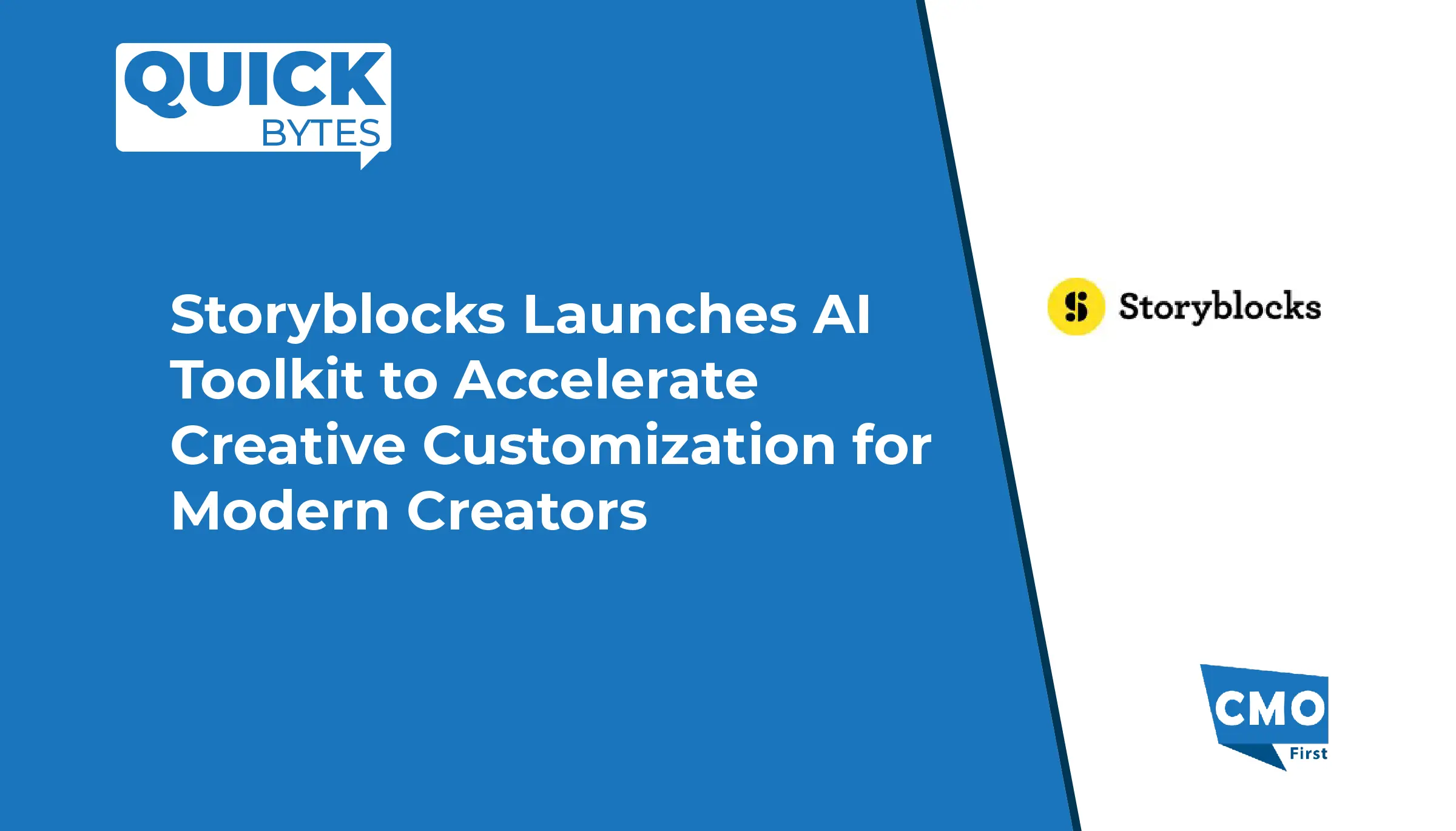

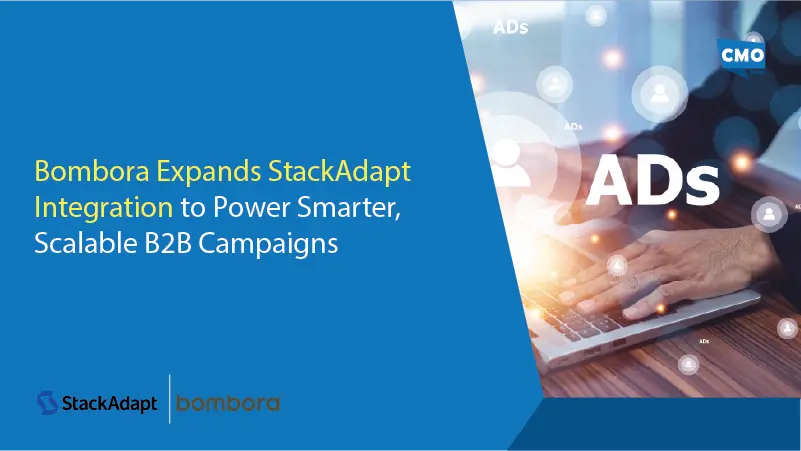
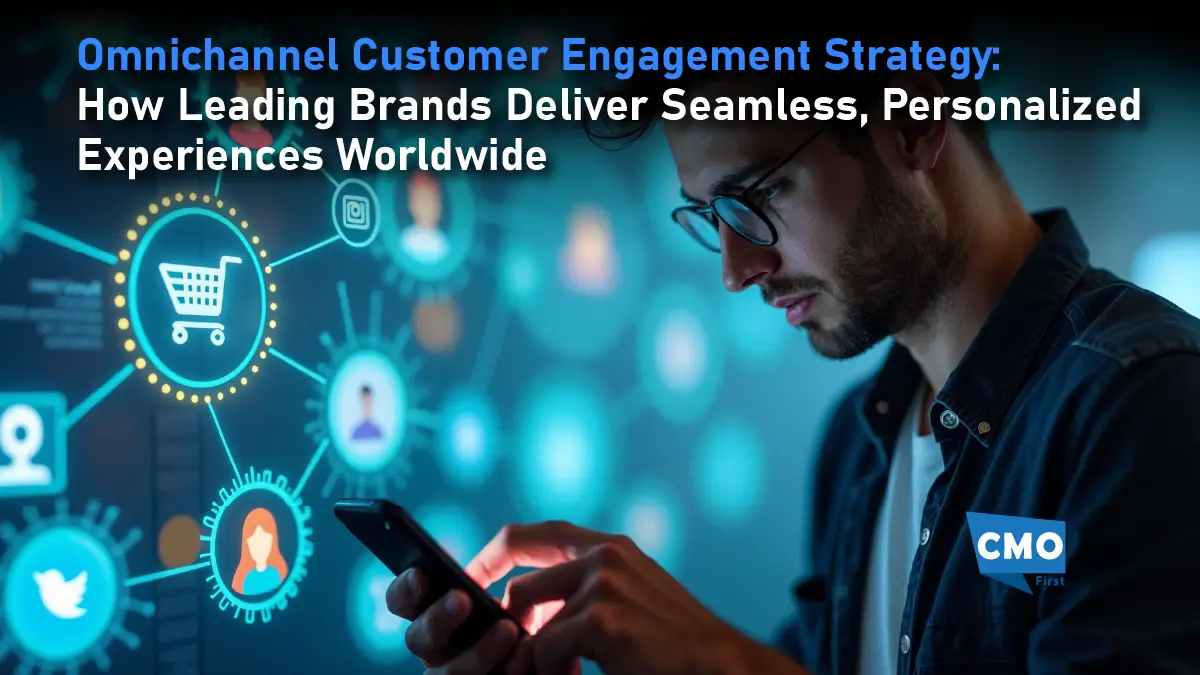
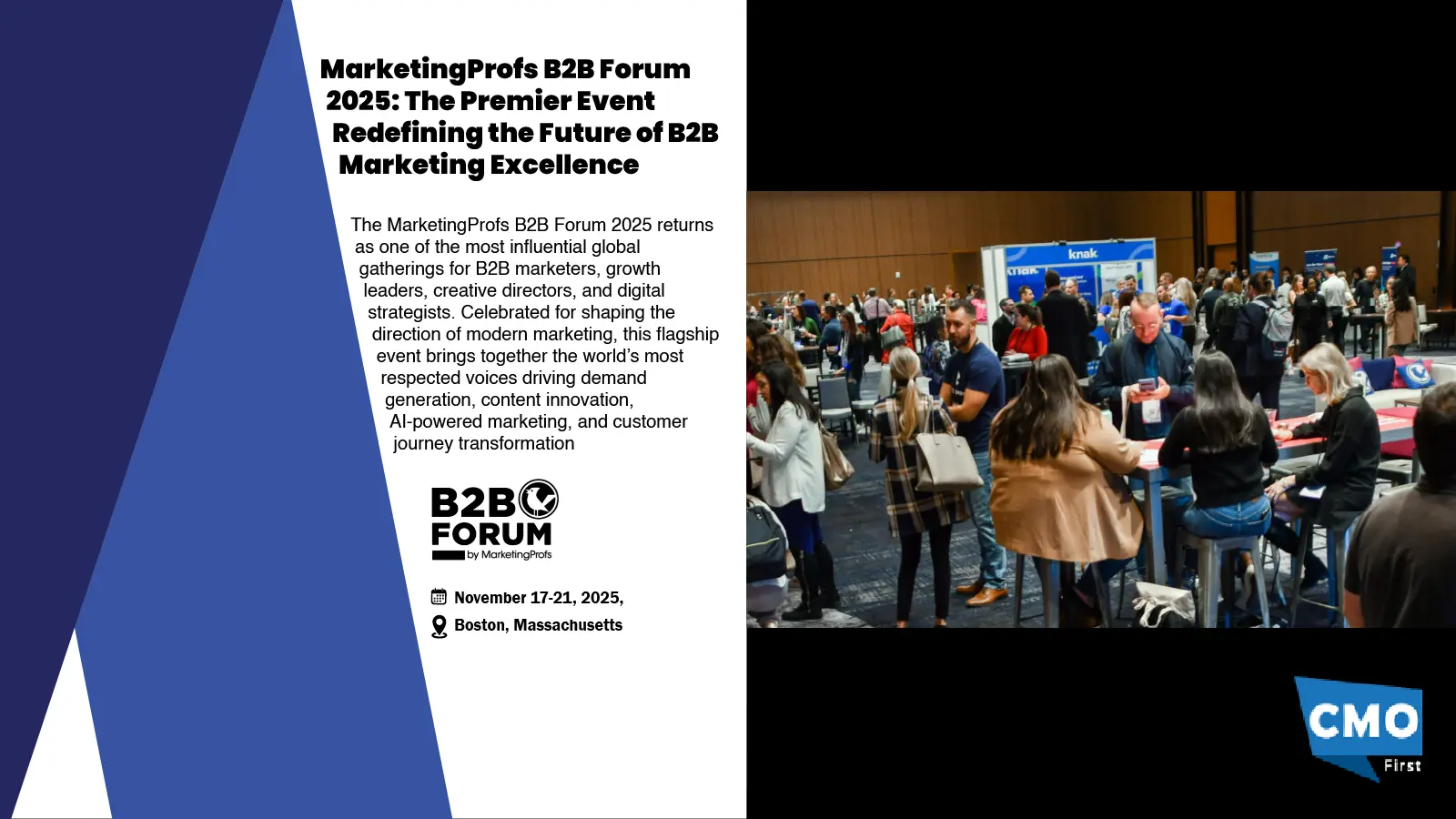


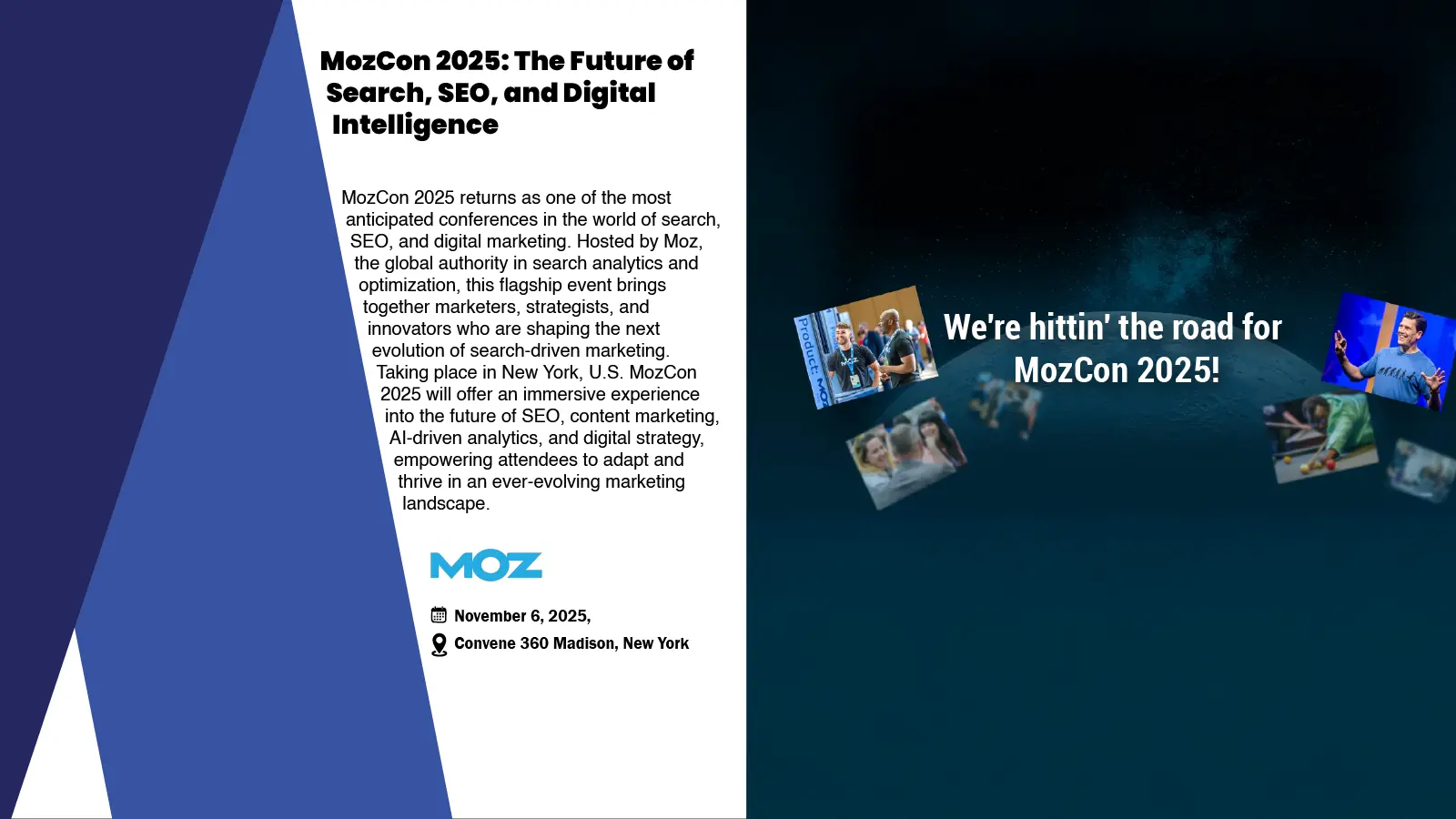
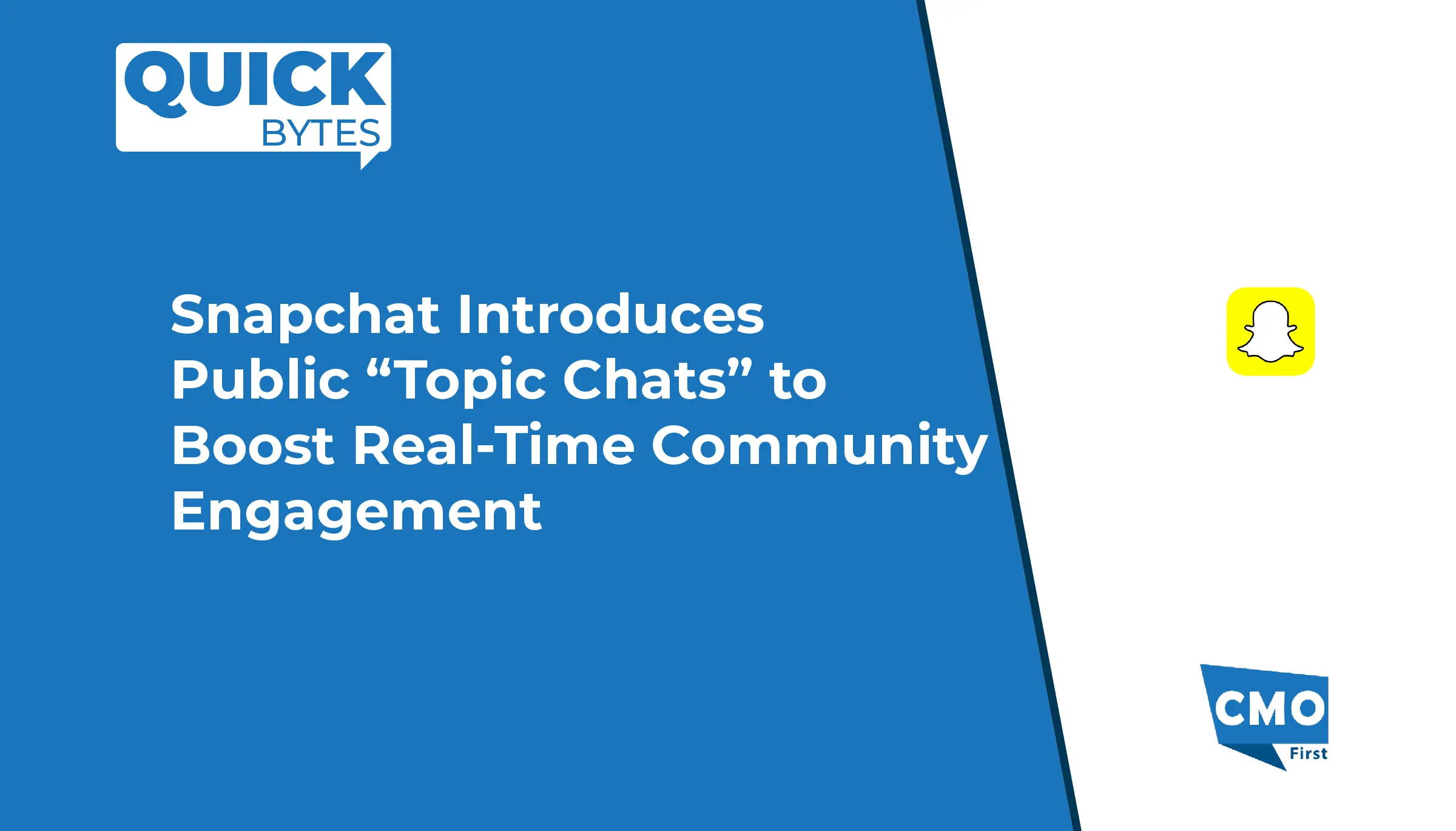





Leave a Reply